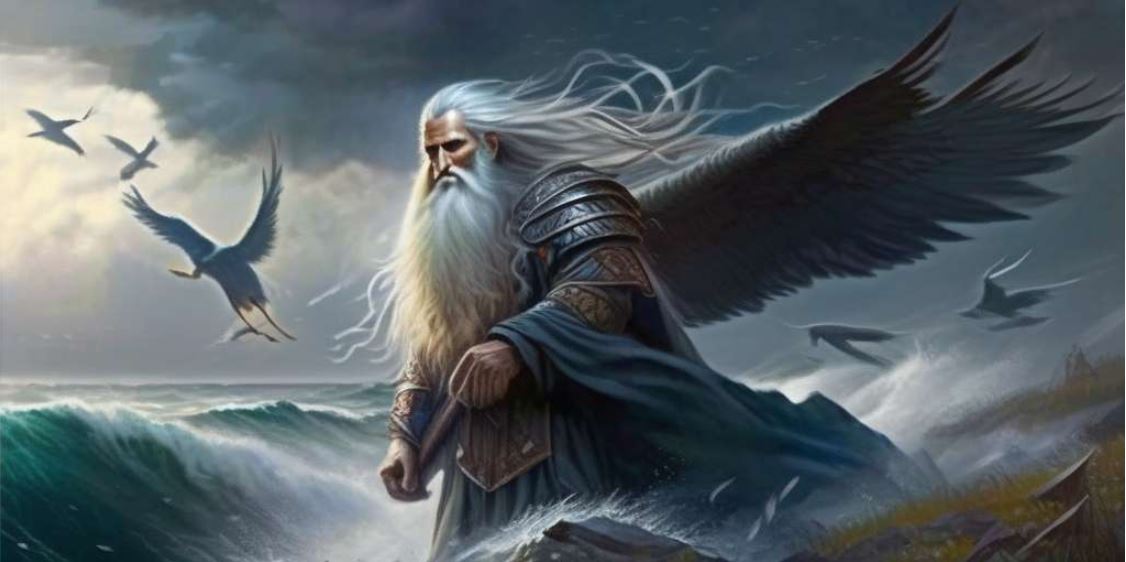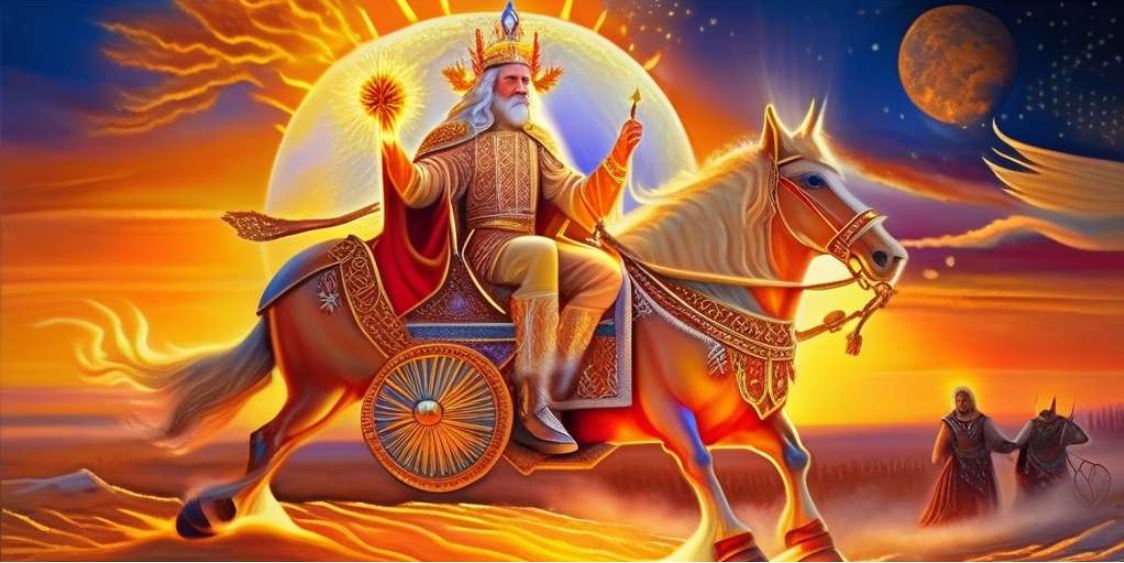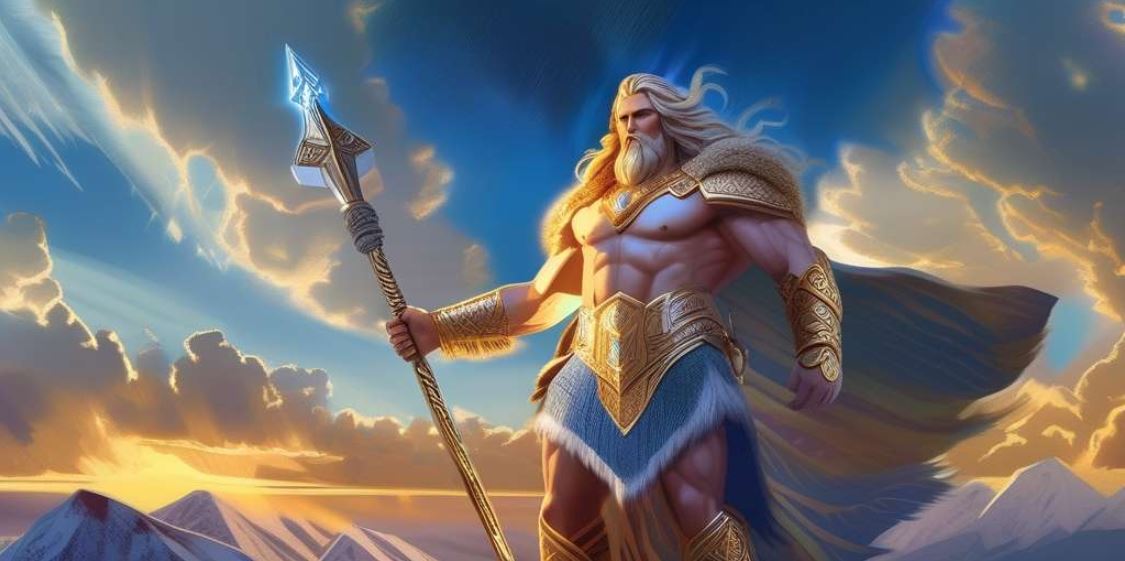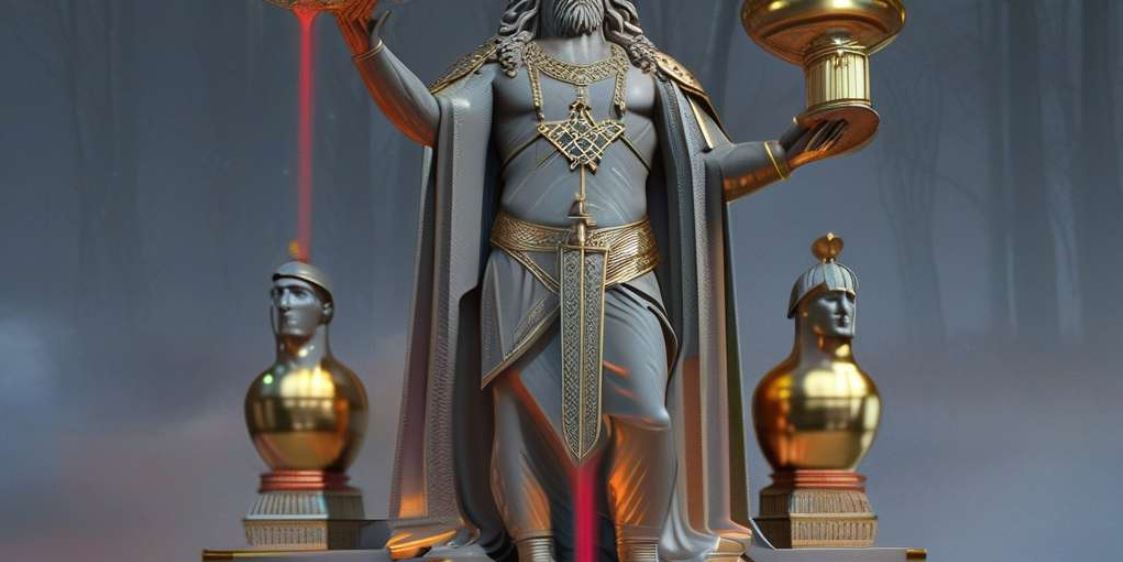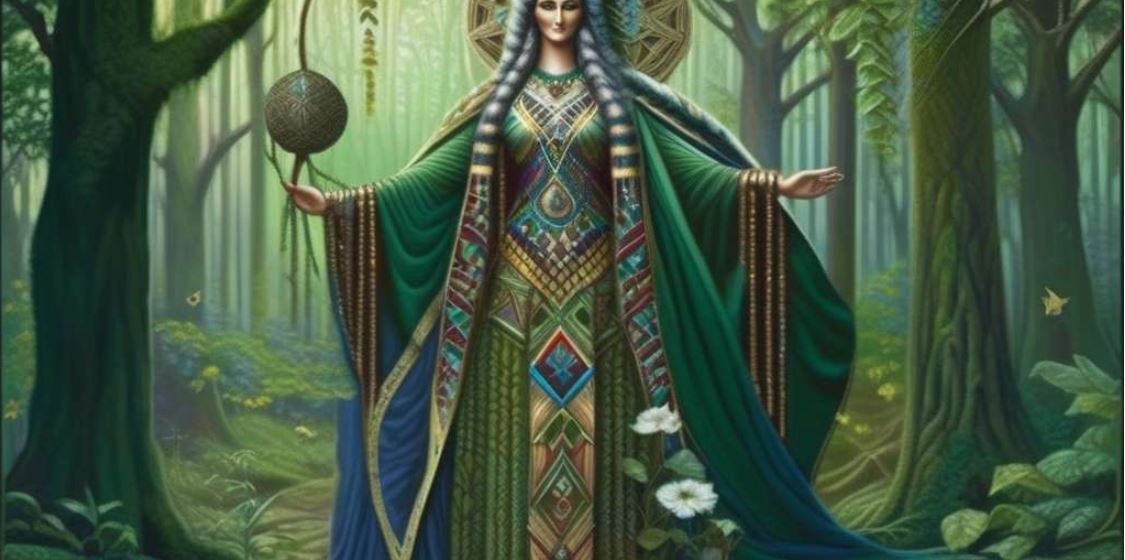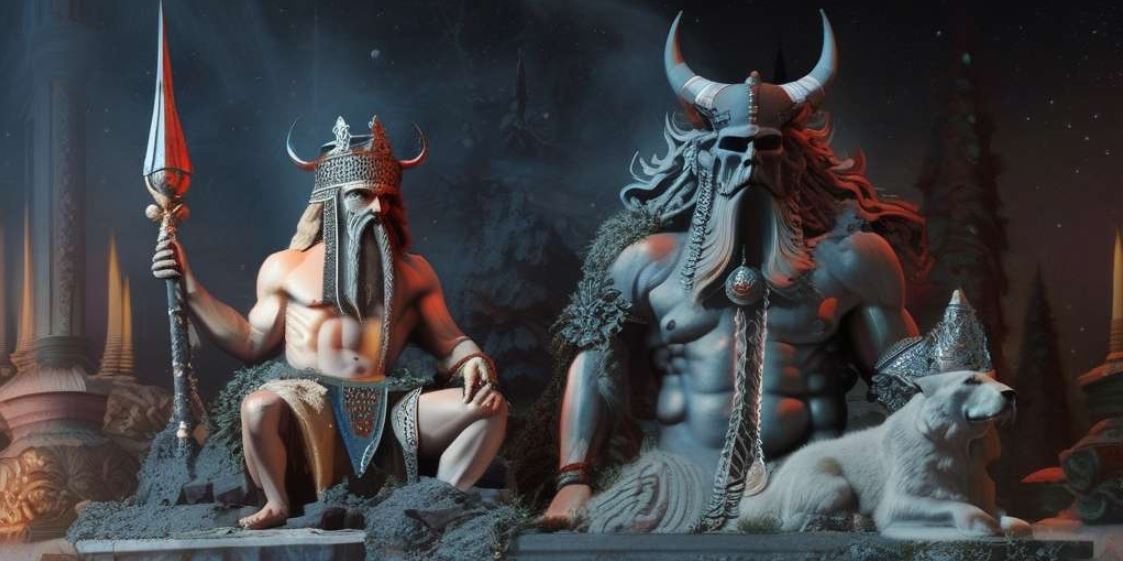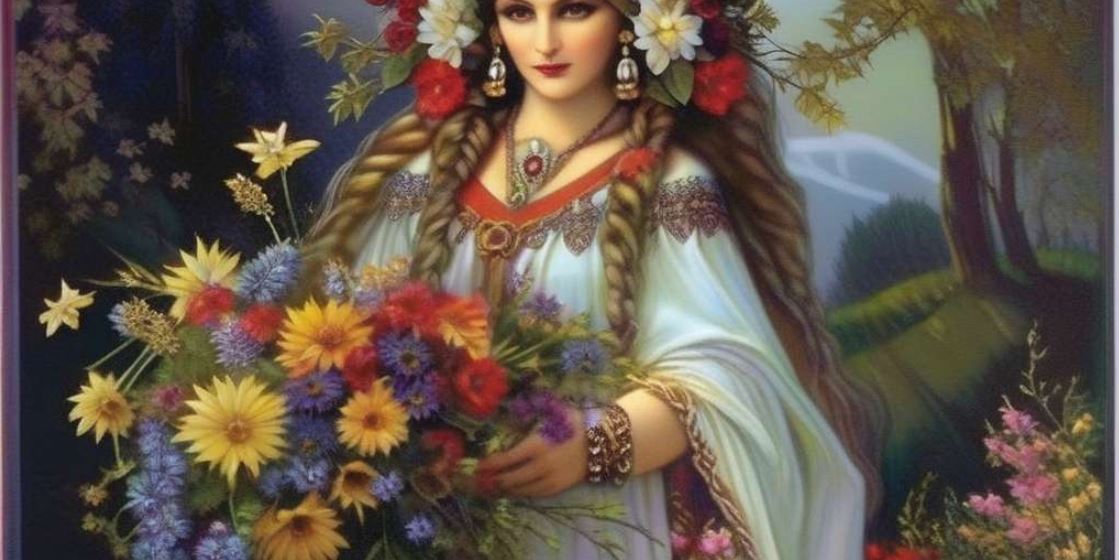Stribog: The Enigmatic Slavic God of Wind Unveiled
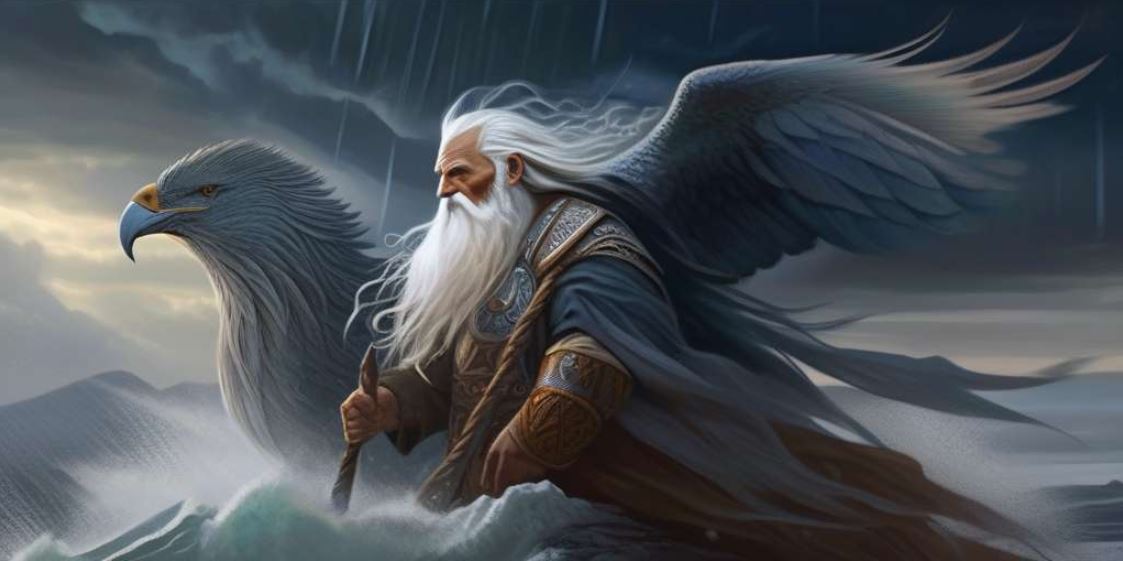
Stribog, the Slavic god of wind, holds a prominent place in ancient Slavic mythology. Revered as a deity of great power, Stribog is depicted as a wise elder with a long, grey beard who can transform into a magical bird called Stratim.
Believed to reside on an island at the center of the Earth, Stribog controls the weather, causing storms and sending favorable winds. Though not as widely known as other Slavic gods, Stribog has gained popularity in recent times due to his association with the SP9 rifle and his presence in various games.
His role as the god of wind remains a prevailing theme throughout the texts.
Slavic Mythology and the Gods
Slavic mythology comprises a rich tapestry of beliefs centered around a pantheon of gods and goddesses. These deities held great significance in the ancient Slavic world, shaping the lives and beliefs of the people.
Understanding Slavic mythology is key to comprehending the cultural and spiritual landscape of the region.
The Importance of Slavic Gods in Ancient Beliefs
Slavic gods played a vital role in the ancient beliefs of the Slavic people. They were revered and worshipped, believed to possess immense power and influence over various aspects of life.
The gods were seen as guardians and guides, with individuals seeking their favor through offerings and rituals. This deep reverence for the gods demonstrates their integral role in shaping the worldview of ancient Slavic communities.
Stribog: The God of Wind and His Significance
Among the pantheon of Slavic gods, Stribog stands out as the god of wind. This elemental deity held significant importance, as the wind was perceived as a powerful force that dictated weather patterns and natural phenomena.
Stribog’s realm encompassed the winds, and he was believed to control their direction and strength.
Stribog’s significance extended beyond meteorological influences. The wind, often associated with change and transition, was seen as a catalyst for transformation in various aspects of life.
As the god of wind, Stribog symbolized this transformative energy, guiding individuals through transitions and offering them the potential for growth and rebirth.
Acknowledging Stribog’s role as the god of wind provides insight into the spiritual and cultural beliefs of the Slavic people.
The recognition of natural elements as divine entities highlights their deep connection to the natural world and the profound impact it had on their existence.
Origins and Representation of Stribog
Within Slavic mythology, the origins and representation of Stribog, the god of wind, hold a significant place.
Stribog’s island served as a sacred ground for the worship of this revered deity. Located in the center of the Earth, it was believed to be a place of immense spiritual power.
Followers of the ancient Slavic religion would make pilgrimages to this sacred island to pay homage to Stribog, seeking his blessings and guidance.
Stribog’s Family: The Winds as His Children and Grandchildren
- North Wind: Known as Sever, this wind is associated with cold and winter.
- East Wind: Referred to as Vev, this wind brings forth the freshness of spring.
- South Wind: Known as Yugo, this wind carries the warmth of summer.
- West Wind: Called Zapad, this wind signifies the changing seasons and the autumnal transition.
These winds were believed to be the children and grandchildren of Stribog, each with unique characteristics and roles in the natural world.
Stribog’s Power over Climate and Natural Phenomena
Stribog held immense power over climate and natural phenomena, showcasing his influence as the god of wind.
He could summon storms, bring forth favorable winds for sailing, and even affect the agricultural cycles. Ancient Slavic communities attributed their weather patterns and seasonal changes to Stribog’s will, offering prayers and sacrifices to ensure his favor.
Through worship and faith in Stribog, ancient Slavic communities found solace and guidance in understanding the mysteries of the wind and weather.
Stribog, the Slavic god of wind, holds a significant place in Slavic culture and history. Let’s delve into his influence in ancient Kiev, his resurgence in modern times, and his association with the SP9 rifle and presence in games.
In ancient Kiev, Stribog was worshiped alongside other Slavic idols, solidifying his position as one of the principal gods. As a deity of wind, he held great reverence among the Slavic people, who believed in his power over the weather and natural phenomena.
His representation in various forms of media, including literature, art, and even video games, has contributed to a renewed fascination with this ancient deity.
This firearm, named after the Slavic god, has gained popularity and recognition among firearms enthusiasts. Additionally, Stribog has become a prominent character in several video games, further amplifying his presence in contemporary media and popular culture.
As Christianity began to gain influence in Slavic lands, it challenged the existing pagan religious system and sought to convert the Slavic people to its own faith.
The Clash between Pagan Slavic Beliefs and Christianity
Stribog, being a prominent deity in Slavic mythology, became a symbol of resistance to Christianization.
Stribog represented more than just a deity in Slavic culture; he became a potent symbol of the independent Slavic spirit.
Stribog’s association with the wind, a force that cannot be controlled or easily tamed, further symbolized the indomitable spirit of the Slavic people.
Stribog’s Role in the Preservation of Slavic Cultural Identity
Amidst the growing influence of Christianity, the worship of Stribog served as a means of maintaining Slavic cultural identity.
By continuing to honor their ancestral god, the Slavic people kept alive their traditions, myths, and rituals that highlighted their unique heritage.
Stribog’s role in the preservation of Slavic cultural identity extended beyond his worship alone.
In the face of Christianization, Stribog’s continued reverence provided a sense of unity and strength to the Slavic people, helping them withstand external pressures and safeguard their cultural heritage.
Stribog in Comparative Mythology Studies
Stribog, the Slavic god of wind, holds an intriguing place in the realm of comparative mythology studies.
Exploring the connections and similarities between Stribog and other deities from different cultures reveals fascinating insights into the universal themes and archetypes found throughout world mythology.
Stribog in the Context of Indo-European Mythology
In the context of Indo-European mythology, Stribog shares striking similarities with other wind gods worshiped by ancient civilizations.
This signifies that the worship of wind deities transcended cultural and linguistic boundaries within the Indo-European linguistic family.
Stribog’s Links to Other Wind Gods in Different Cultures
Expanding our examination, we find that Stribog’s attributes resemble those of wind gods in various cultures.
In Norse mythology, the god Njord, who ruled over the winds, seas, and fertility, shares parallel characteristics with Stribog.
Exploring the Similarities and Differences with Roman and Greek Deities
Exploring the relationship between Stribog and wind deities in Roman and Greek mythology reveals both intriguing similarities and notable differences. While Stribog embodies the essence of wind and its power in the Slavic belief system, Roman and Greek deities associated with the wind, such as Zephyrus and Aeolus, have distinct domains and unique attributes.
- Proto-Indo-European mythology establishes a common thread among wind gods worshipped in various ancient cultures.
- Stribog’s attributes align with deities like Njord in Norse mythology and Aeolus in Greek mythology.
- Comparing Stribog with Roman and Greek deities reveals both similarities and differences in their domains and characteristics.
Through the lens of comparative mythology studies, Stribog’s role as a wind god gains depth and significance as we uncover the interplay between cultures and the shared human fascination with natural forces.
……….











